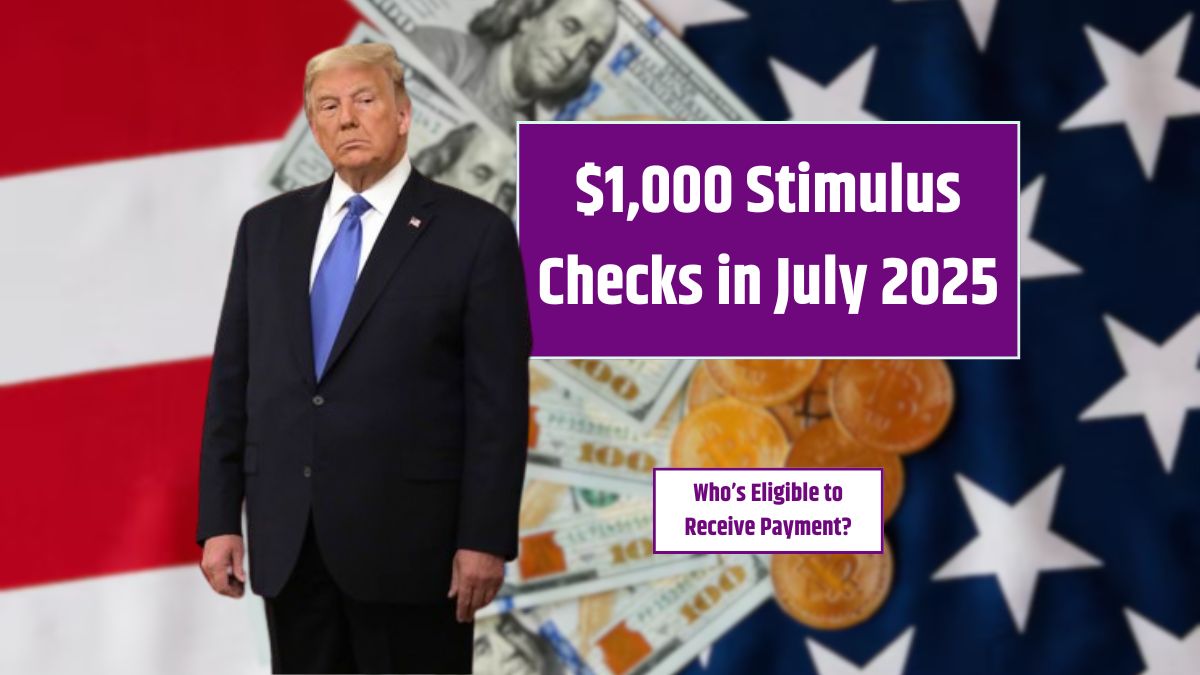In 2025, Social Security recipients are finally seeing some good news. A 2.5% Cost-of-Living Adjustment (COLA) combined with new rules from the Social Security Fairness Act is giving retirees more room to breathe. While it won’t make anyone rich overnight, the boost—about $600 a year on average—is a meaningful step toward easing the pressure from inflation and rising living costs. Here’s what this means for your monthly payments, eligibility, and long-term planning—especially if you’re looking to retire by 2030.
Table of Contents
Increase
The 2.5% COLA is more than just a percentage—it’s money in your pocket. For most retirees, it translates to around $50 more per month, or roughly $600 over the year. The increase officially kicked in with payments issued in July 2025.
This automatic adjustment, based on the CPI-W inflation index, applies to a broad group of Social Security recipients—retirees, survivors, and even those receiving Supplemental Security Income (SSI).
| COLA Impact (2025) | Amount |
|---|---|
| Annual Average Increase | $600 |
| Monthly Average Boost | $50 |
| First Adjusted Payments | July 2025 |
| Applies to | Retirees, survivors, SSI |
Fairness
Another big shift came with the Social Security Fairness Act, signed in December 2024. This law finally repealed the Government Pension Offset (GPO) and Windfall Elimination Provision (WEP), which for decades had reduced Social Security benefits for public employees and their spouses.
Here’s what changed:
- GPO and WEP eliminated
- Monthly increases for many public sector retirees: $360–$1,190
- Retroactive payments began in February 2025
- Adjustments fully integrated into March 2025 payments
Beneficiaries
So who actually benefits from these changes?
- Public school teachers, firefighters, and police officers
- Retirees with pensions from non-Social Security-covered jobs
- Surviving spouses previously affected by GPO rules
For many of these folks, this is more than a raise—it’s a correction of decades of reduced benefits.
Schedule
Knowing when your money arrives is just as important as knowing how much. The SSA uses a staggered payment schedule based on your birthday or when you first started collecting.
Here’s how it works:
Regular Retirement Payments
| Birth Date Range | 2025 Payment Day |
|---|---|
| 1st–10th | Second Wednesday |
| 11th–20th | Third Wednesday |
| 21st–31st | Fourth Wednesday |
Example (May 2025):
- May 14: Birthdays from the 1st to 10th
- May 21: Birthdays from the 11th to 20th
- May 28: Birthdays from the 21st to 31st
Supplemental Security Income (SSI)
- Paid on the 1st of the month
- If the 1st falls on a weekend or holiday, it’s paid the business day before
- For example, June 2025’s SSI was paid on May 30
Planning
Thinking about retiring in 2030? Now’s the time to put a plan in place that includes these changes.
Step 1
Log into your My Social Security account and review updates to your COLA and any adjustments under the Fairness Act.
Step 2
Make sure your bank details are accurate. If you’re expecting back pay, any delay could push your money weeks behind.
Step 3
Higher benefits might mean more taxable income. Double-check whether your benefits now fall under federal or state tax guidelines.
Step 4
Use the extra funds wisely—consider paying off high-interest debt, increasing your emergency fund, or preparing for healthcare expenses.
Step 5
A financial planner can help you optimize your benefits while reducing your tax burden—especially if you’re working part-time or collecting other retirement income.
The 2025 COLA and legislative changes under the Fairness Act mark a major win for retirees and public employees. Whether you’re currently receiving benefits or planning ahead, take this opportunity to reevaluate your retirement game plan and make sure you’re getting everything you’ve earned.
FAQs
How much is the 2025 Social Security increase?
About $600 per year from a 2.5% COLA increase.
What is the Social Security Fairness Act?
It repeals GPO and WEP, boosting public employee benefits.
When did higher payments begin?
Most saw changes in March 2025, some retroactive to February.
Who benefits from GPO and WEP repeal?
Public workers, spouses, and retirees with affected pensions.
How are payment dates determined?
By your birth date or your original benefit start date.
























